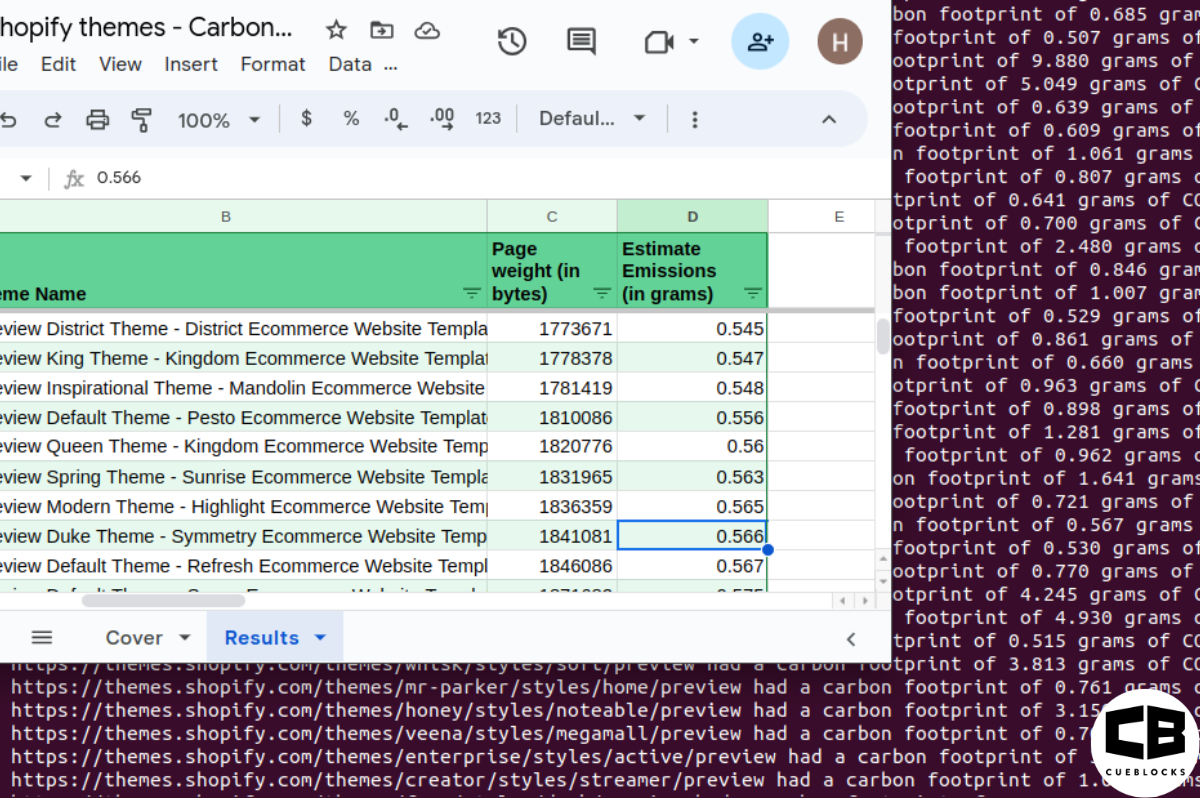
noFollow, Paid Links, Google and Jennifer
Jennifer’s posts on “paid links and ads” are very interesting.
Part 1 talks about “nofollow” tag and its origin while the Part 2 talks about Google’s new policies of using it.
In my post earlier about Google banning paid links in July, I’d shared similar thoughts on paid links.
I agree that humans should be informed if the product review is paid or not, if the promotion of the third party is being done because you’ve been paid to do it or because you really are recommending it.
But I do feel Google’s going a little overboard with this. Below is what I copied into Jennifer’s comment box as well:
Webmasters have been buying and selling links before Google was even born. It was the very exchange of links ( I’m surprised it was assumed all links were “unpaid for” links when PageRank was invented), including the buying and selling of links that resulted in an algo that is treating links as a voting mechanism. After Google, reciprocal linking became even more aggressive because webmasters realized how important these links were to Google. Soon, reciprocal linking changed to paid links and three-way linking, all methods of link bargaining for webmasters targeting Google rankings. And it worked. I’m sure it still works and thats why now Google wants paid links to be punished – but how exactly will this stop webmasters from running after the rankings. And really, its about rankings, not PR. There are many websites out there with excellent PageRank and no rankings.
There are rarely such cases who only buy links for PR – everyone wants traffic – the whole objective of wanting to rank on Google is to get traffic. Then when a website is getting traffic from another source, why will it not want to? If a PR 6 website is giving a text link for $50 on its homepage, and has some xxxxxx v/m, why should that website not charge. A usability study shows that a text link gets more the click-throughs than an image ad. Then why should ads be just converted to images?
Those who really do it only for PR and not traffic, will figure out a way to beat this too. Many of the genuine cases will suffer (ok, I posted “only genuine cases will suffer” in the comment – but sense has prevailed :)).
- About the Author
- Latest Posts
-
Evaluating the Carbon Emissions of Shopify Themes
by Harleen Sandhu
Committing to green claims as a business is a huge promise to deliver on. For ecommerce stores, Shopify is leading …
Continue reading “Evaluating the Carbon Emissions of Shopify Themes”
-
Dark Mode: Accessibility vs Sustainable Web Design
by BalbirIntroduction Dark mode, a feature that lets users switch the color scheme of an app or website to darker colors, …
Continue reading “Dark Mode: Accessibility vs Sustainable Web Design”
-
Discover Essential Sustainable Marketing Principles and Strategies for Ethical Business Growth
by Pancham Prashar
Given the major issues that our world is currently facing, such as pollution and climate change, sustainability becomes an inevitable …
-
Show, Don’t Tell: Demonstrating Transparency in Your eCommerce Store
by Pancham PrasharFor an eCommerce brand committed to good, success goes beyond creating excellent products; it extends to effectively communicating your values …
Continue reading “Show, Don’t Tell: Demonstrating Transparency in Your eCommerce Store”
-
How to Market Sustainable Products Effectively
by Nida Danish
In today’s market, sustainability has evolved from a passing trend to a pivotal consideration for both consumers and businesses. Globally, …
Continue reading “How to Market Sustainable Products Effectively”
-
Decoding B Corp Marketing Challenges: Strategies for Success
by Nida DanishToday, businesses place high importance on sustainability and ethical practices. For B2B and e-commerce leaders, being a certified B Corp. …
Continue reading “Decoding B Corp Marketing Challenges: Strategies for Success”




